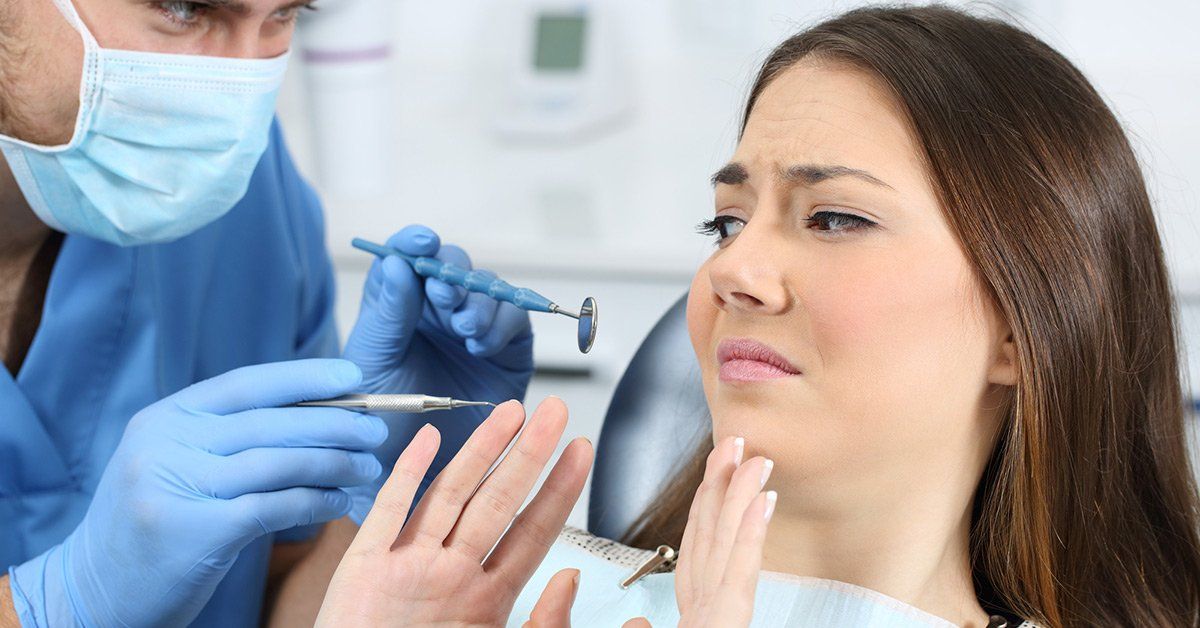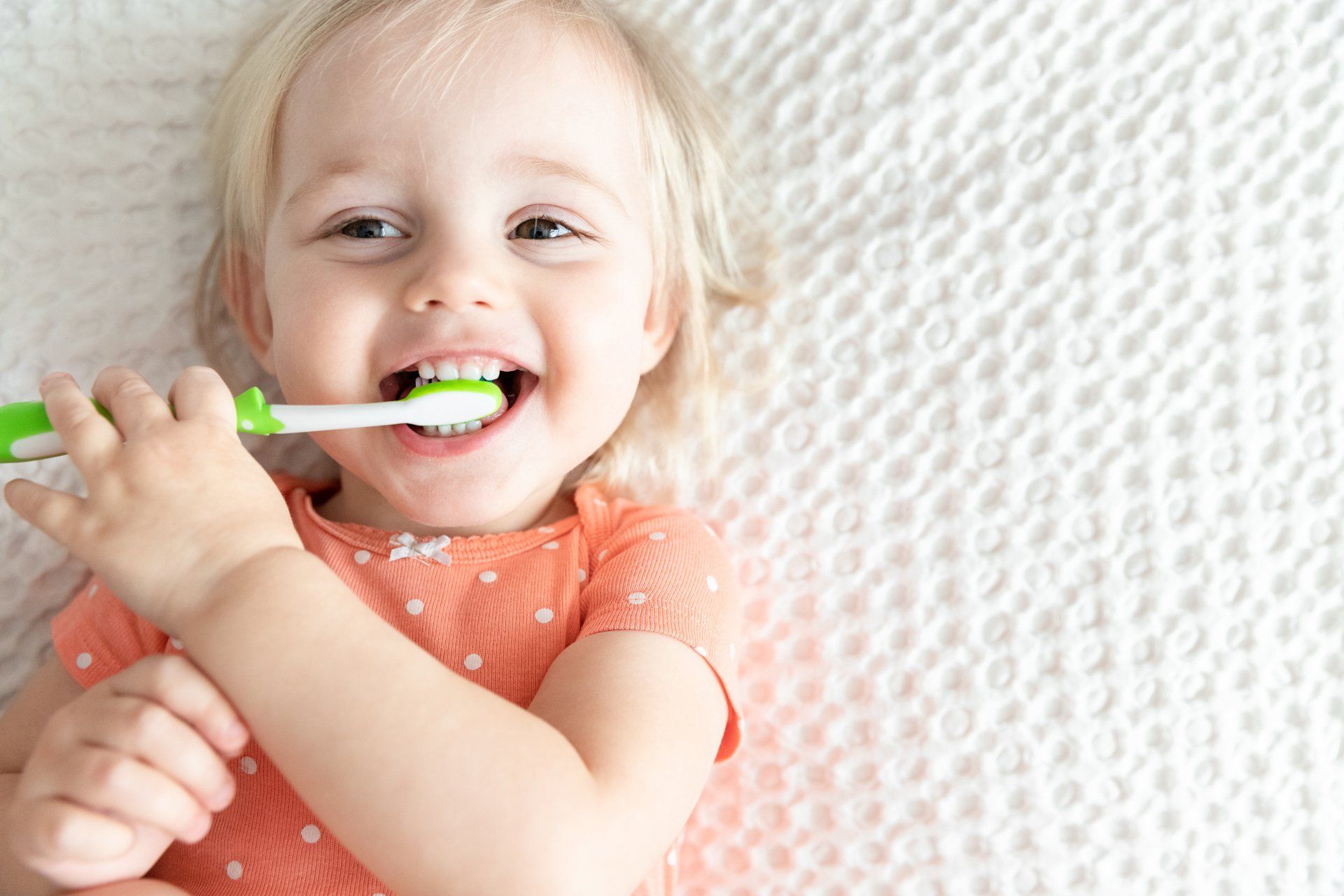 HAVE YOU EVER HEARD
of “Mountain Dew Mouth”? It’s what happens to our teeth when we drink too much soda. The term comes from rural Appalachia, where that particular drink has long been the carbonated beverage of choice and tooth decay is alarmingly common. But this doesn’t just happen in Appalachia, and Mountain Dew isn’t the only drink that contributes to tooth decay.
HAVE YOU EVER HEARD
of “Mountain Dew Mouth”? It’s what happens to our teeth when we drink too much soda. The term comes from rural Appalachia, where that particular drink has long been the carbonated beverage of choice and tooth decay is alarmingly common. But this doesn’t just happen in Appalachia, and Mountain Dew isn’t the only drink that contributes to tooth decay.
The Dangers Of Sugary Drinks
When we eat or drink something with sugar in it, the sugar sticks to our teeth afterward. Sugar itself doesn’t do any damage to our oral health, but it is unfortunately the favorite food of the bacteria that lives in our mouths. These bacteria eat the sugar and then excrete acids that erode our tooth enamel, leading to tooth decay. They also cause inflammation that increase the risk of gum disease.
Any source of sugar can negatively impact oral health . Sugary drinks (including fruit juice, but especially soda) are particularly dangerous because they aren’t filling like solid food and are therefore easy to keep drinking.
Effects Of Carbonation
So if sugar is the problem, then can’t we keep our teeth healthy by switching to diet soda instead of giving up carbonated beverages altogether? Diet soda is certainly an improvement, but sugar isn’t soda’s only threat to dental health . The other is acid. Sugar leads to tooth decay because oral bacteria eat sugar and excrete acid that erode tooth enamel. Soda cuts out the middle man and applies acid directly to the teeth.
Even diet sodas and carbonated water contain acid. The three types of acid commonly found in soda are citric, phosphoric, and carbonic. Any drink with citrus flavoring will have citric acid, many colas get their flavor from phosphoric acid, and carbonic acid is what makes these drinks fizzy in the first place.



